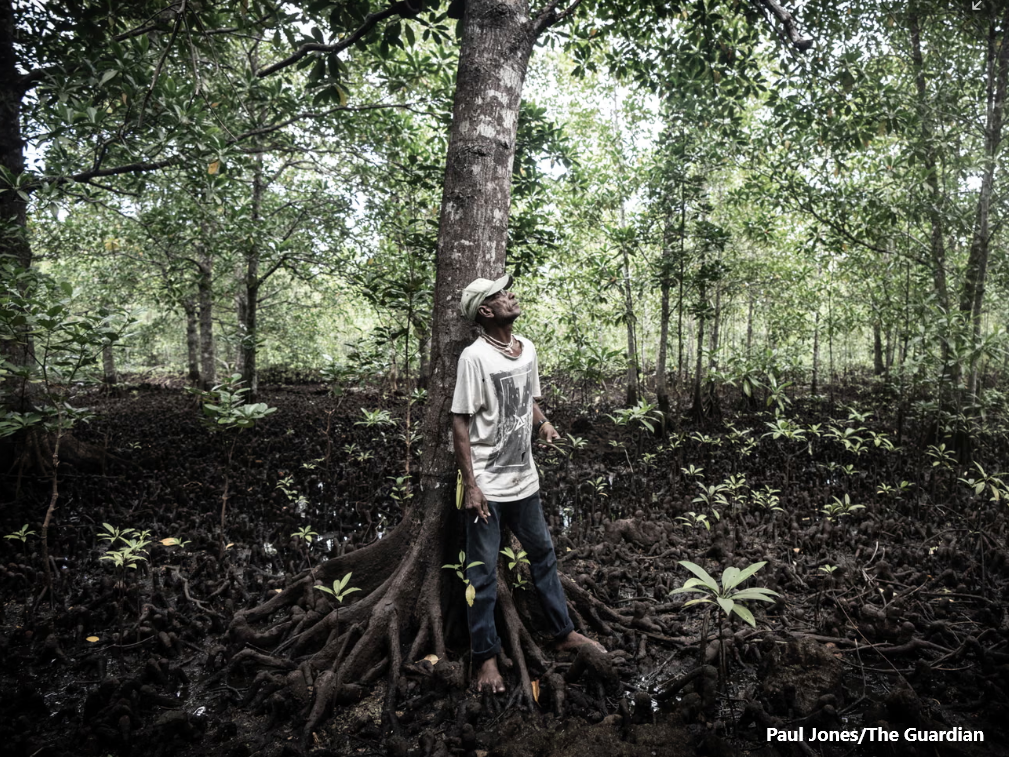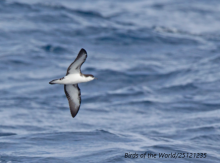
As the morning light hits Oibola village in Solomon Islands, the receding tide drains water through a maze of tangled mangrove roots. Dressed in muddy jeans and a worn T-shirt, Ben Waleilia moves carefully through the thick mangrove forest, searching for seedlings. Rows of young mangrove shoots stand high as Waleilia gently drops seedlings into a small plastic bucket.
Often perceived as muddy, mosquito-filled swamps, mangroves are vital for coastal communities like Oibola. They provide fish, timber and building materials while their strong, complex root systems protect the shoreline and serve as nurseries for marine life.
Yet in Solomon Islands and across the Pacific, mangroves are increasingly threatened by a combination of human activity and natural forces. Clearing for building materials and small-scale development has led to widespread degradation. These pressures are compounded by rising sea levels, cyclones and storm surges, all of which further erode these critical coastal ecosystems.









